St. Augustine grass is a popular choice for lawns in many regions due to its lush, green appearance and ability to tolerate heat and humidity. However, it is disheartening to see patches of yellow or pale grass in your once vibrant lawn.
In this article, we will explore the common causes of yellowing in St. Augustine grass. Additionally, we will provide solutions to help you restore health and beauty to your lawn.
What is ailing my St. Augustine grass?
- Lack of nutrients
- Improper watering
- Soil pH balance
- Pest infestations
- Disease and fungal infections
- High temperatures
Lack of Nutrients
One of the most common reasons for St. Augustine grass turning yellow is a lack of essential nutrients. Nitrogen is particularly crucial for this type of grass as it promotes deep green color and healthy growth.
A deficiency in nitrogen will result in yellowing grass. To address this issue, apply a high-quality, slow-release nitrogen fertilizer specifically formulated for St. Augustine grass.
Follow the manufacturer’s instructions for proper application rates and timing to avoid over fertilization. Let us handle lawn fertilization and weed control services for you.
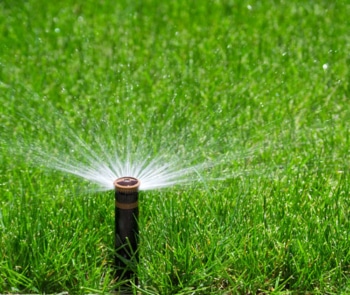
Improper Watering
Another common culprit behind yellowing St. Augustine grass is improper watering practices. Overwatering or underwatering both lead to yellow patches.
St. Augustine grass requires regular watering to a depth of around 6 inches to encourage deep root growth. Water deeply and infrequently, allowing the soil to dry out slightly between watering sessions.
Avoid shallow watering, which leads to shallow root growth and yellowing grass. Furthermore, ensure proper drainage to prevent water from sitting on the lawn for extended periods.
We do sprinkler repairs and installations. Contact us today!
Soil pH Imbalance
St. Augustine grass prefers slightly acidic soil with a pH between 6.0 and 7.5. If the soil pH is too acidic or alkaline, it hinders the grass’s ability to absorb necessary nutrients, leading to yellowing.
Conduct a soil test to determine the pH level of your soil. If it is outside the ideal range, adjust it by applying the appropriate amendments. For acidic soil, adding lime will help raise the pH, while sulfur is used to lower pH in alkaline soil.
Hire us for a soil rejuvenation service and give your soil the nutrients it deserves.
Pest Infestations
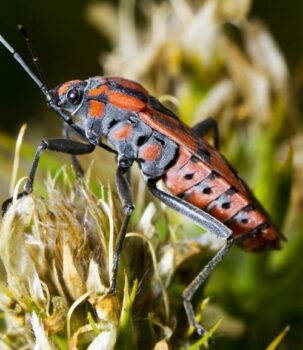
Certain pests, such as chinch bugs and grubs, damage St. Augustine grass, causing it to turn yellow or brown. These pests feed on the roots or stems of the grass, disrupting its ability to take up water and nutrients.
To identify and address a pest infestation, closely inspect the affected areas for signs of pest activity, such as patches of dead grass or the presence of the pests themselves.
Consult with Ryno Lawn Care to eliminate the infestation and restore your grass’s health.
Disease and Fungal Infections
St. Augustine grass is susceptible to various diseases and fungal infections, including brown patch and gray leaf spot. These cause yellow or discolored patches in the lawn.
Proper lawn care practices, such as avoiding excessive nitrogen fertilization and providing adequate airflow, help prevent disease development. If you suspect a disease or fungal infection, consult with a lawn care professional who will diagnose the issue and recommend appropriate treatment options.
High Temperatures
High temperatures are also a cause of yellowing in St. Augustine grass. This grass thrives in warm conditions but struggles to maintain vibrant color in extreme heat.
When the temperature rises above its preferred range, St. Augustine grass will undergo heat stress, which causes the blades to turn yellow or brown. Help mitigate this issue by providing adequate irrigation to keep the soil moist and implementing a regular fertilization schedule to ensure the grass receives necessary nutrients.
Moreover, mowing at a higher height provides shade for the grass and helps it to maintain soil moisture. By taking these measures, you will minimize heat stress and keep your St. Augustine grass looking healthy and green.
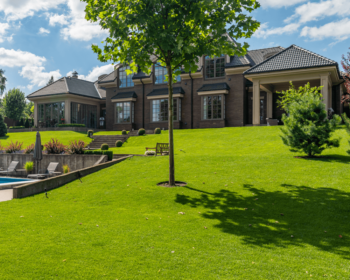
Conclusion
Yellowing St. Augustine grass is a frustrating issue for homeowners, but with a little knowledge and care, it can be resolved. By addressing common causes, you will have the knowledge to restore your lawn’s vibrant green color.
Remember to follow proper lawn care practices, including regular fertilization, deep watering, and proactive pest control. This will keep your St. Augustine grass looking its best throughout the year. With these solutions in hand, you’ll be well on your way to a healthy and beautiful lawn.

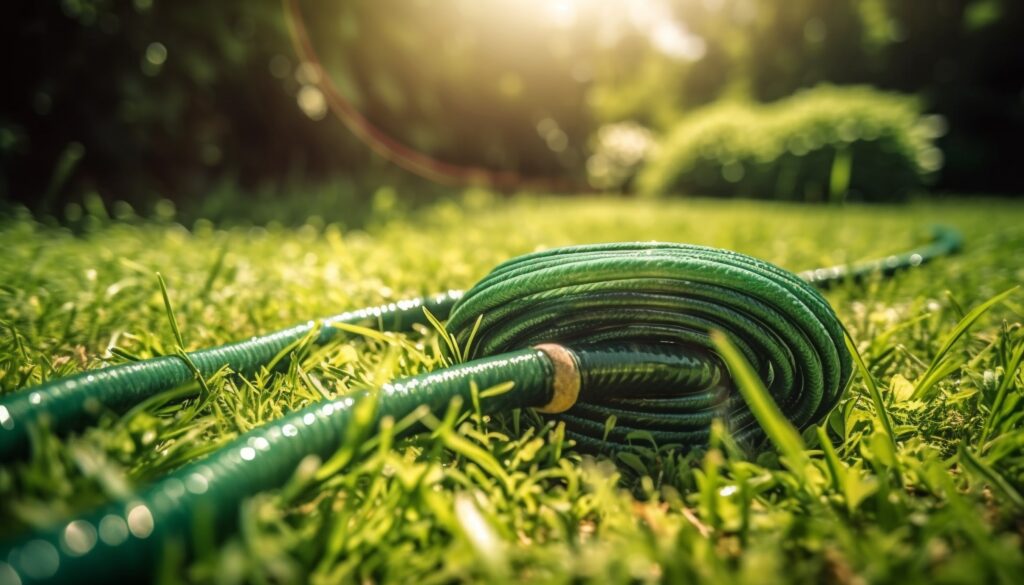

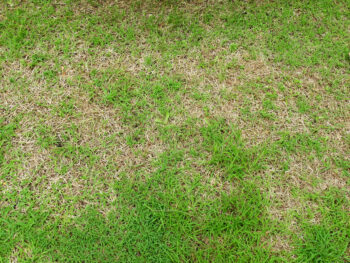
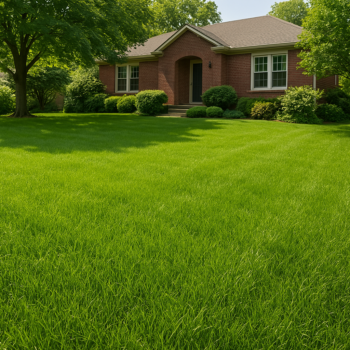
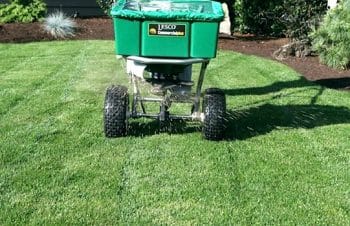
One Response
My lawn is a year old which I fertilized back in early March. With the heat that we’ve expensed along with a drought, what kind of nutrient can I lay down during this month.